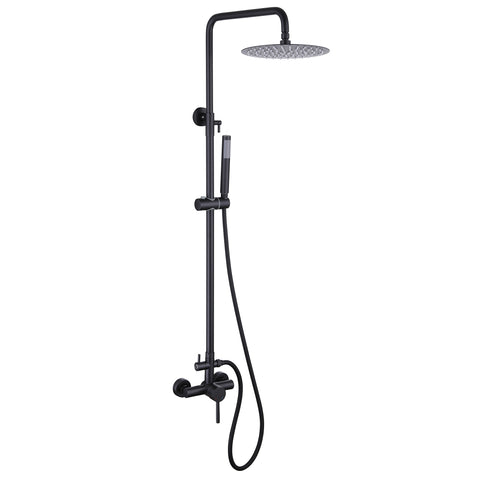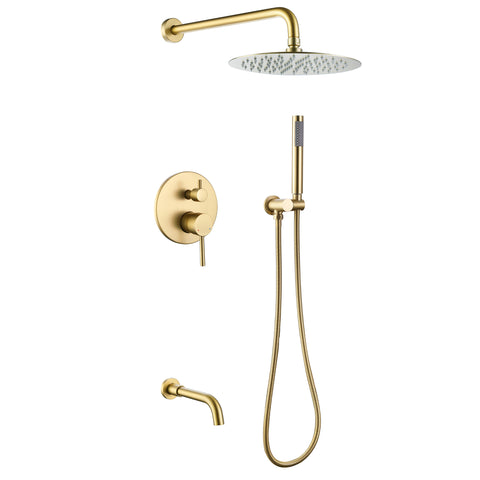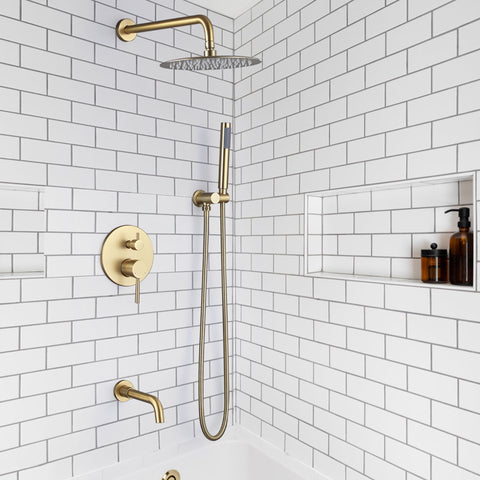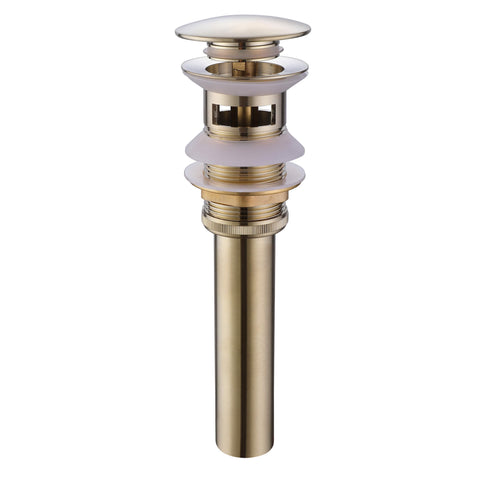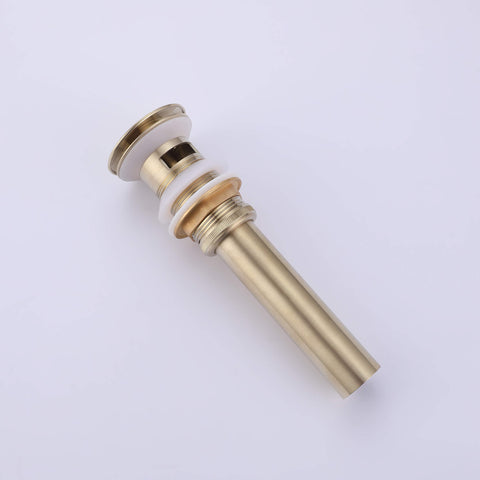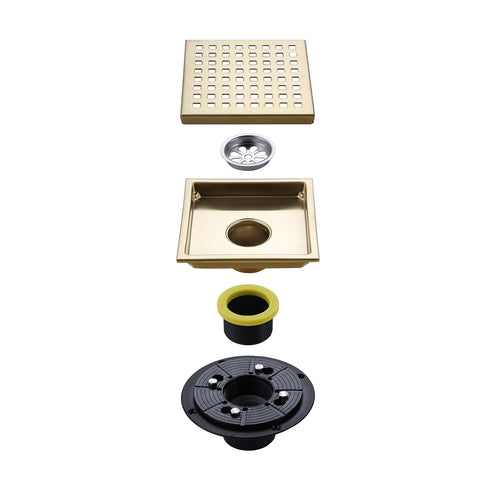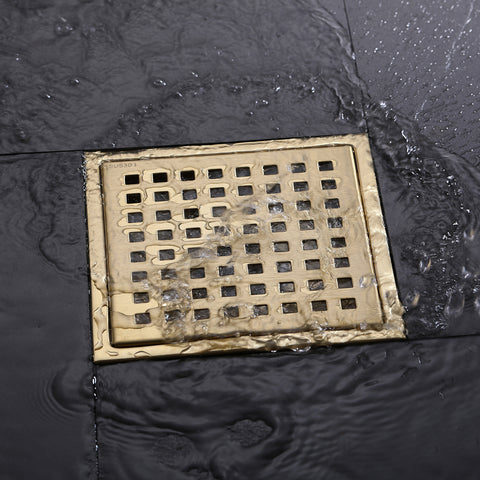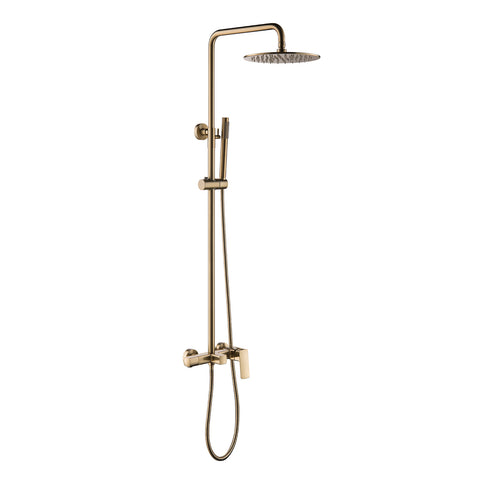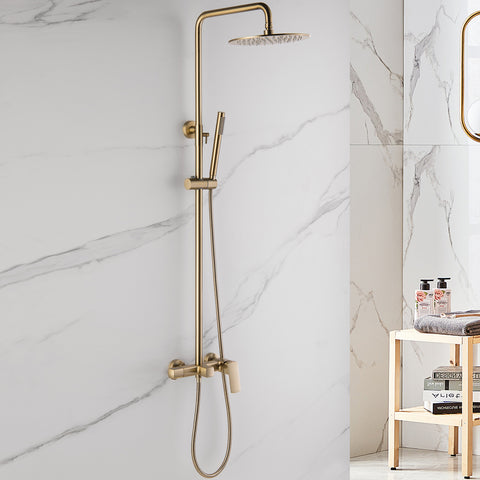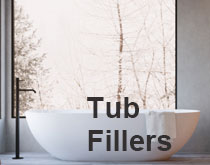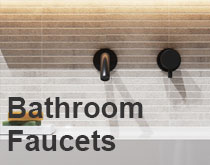How To Repair a Solid Surface Bathtub?
Over time, your solid surface bathtub may develop fine scratches or dull patches from everyday use. Fortunately, repairing scratches in acrylic or fiberglass tubs is a simple DIY task — all you need are the right materials, a bit of time, and patience. This guide walks you through every step to restore your bathtub’s glossy, like-new finish.
Video Tutorial: How to Repair Bathtub Scratches
For more bathtub restoration tips and premium solid surface products, visit our bathtub collection.
Understanding Your Tub’s Material
Before beginning, determine what your bathtub is made of. Most solid surface tubs use acrylic or fiberglass — materials that are durable, smooth, and non-porous. Though they’re resistant to stains, even these finishes can accumulate scratches from abrasive cleaners or dropped objects over time.
Assessing the Damage
Inspect the scratched area closely. Light surface scratches can usually be repaired with fine-grit sandpaper and a quick polish, while deep scratches may require starting with a coarser grit before moving to finer levels. The goal is to smooth out imperfections gradually without damaging the surrounding surface.
Tools and Materials You’ll Need
- Sandpaper (600, 800, 1000, and 2000 grit)
- Sanding block or power sander
- Soft microfiber cloth
- Polishing compound or acrylic surface restorer
- Clean water (for optional wet sanding)
Step-by-Step Bathtub Scratch Repair
- 1. Clean the Area: Wash and dry the bathtub to remove soap residue and debris before sanding.
- 2. Start with Coarser Grit: Use 600-grit sandpaper for deep scratches. Sand gently in circular motions without applying heavy pressure.
- 3. Gradually Refine: Move to 800, 1000, and finally 2000 grit sandpaper to smooth the area and restore texture.
- 4. Optional Wet Sanding: Lightly dampen the surface and sandpaper to reduce dust and achieve a finer finish.
- 5. Wipe and Dry: Remove all sanding residue with a damp cloth. Let the surface dry completely before polishing.
- 6. Polish the Surface: Apply a small amount of polishing compound and buff in circular motions until the area shines evenly.
- 7. Final Clean: Wipe off remaining compound with a soft cloth — your tub should now look fresh and glossy!
Pro Tips for Best Results
- Sand slowly and evenly to prevent uneven surfaces.
- Use circular motions to blend edges seamlessly.
- Ensure good ventilation and wear a mask while sanding.
- Test sanding on a hidden spot first.
- Finish with a bathtub-safe wax or surface sealer for extra gloss and protection.
Conclusion
Repairing scratches on a solid surface bathtub is one of the easiest ways to refresh your bathroom’s look without hiring a professional. With simple tools and care, you can restore its glossy finish in less than an hour. Regular gentle cleaning and maintenance will help keep your bathtub beautiful for years to come.
